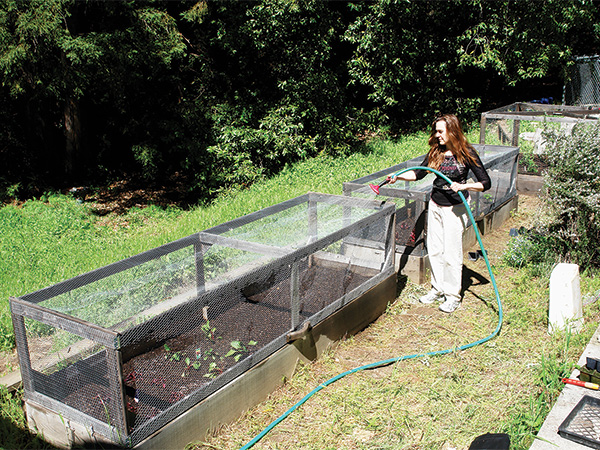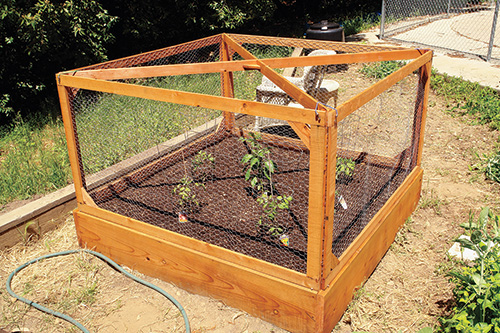
In addition to woodworking, I am also an organic gardener. I am building a raised bed for asparagus, a bed I hope to exist for 20-plus years. I have chosen 8/4 x 10″ (about 100′) rough cedar to box the bed. I was about to use tung oil to finish all surfaces when I got August 2018’s issue in which the “Shou Sugi Ban Side Table” was featured, as well as your finishing article “Finishing Outdoor Furniture“. The burning seemed like a cheap solution until I read to use tung oil plus burning. Your article seemed to advocate tung oil, but thought it needed reapplying every couple of years. And then I saw that tung oil is about $60/gallon, and I might need two gallons. One edge and side will be exposed to soil and its critters. The other edge and side will be exposed to air and weather. Burn it? Tung it? Spar varnish? Maybe a good deck stain? What to do?
– Marvin Wachs
Joplin, Missouri

One of the great myths of outdoor woodworking is that the “right” finish will add the properties you really want the wood to have. It won’t. Thus, I would have started by choosing a wood with high natural resistance to rot and bugs. Old-growth red cedar fits that category, but the cedar we buy today does not. Whatever you do in terms of finish will not change the essential nature of the wood and will provide only very short-term protection, if that.
I haven’t seen any lab tests confirming it, but I’d suspect that of all the finishes you listed — and all of them are certainly acceptable exterior finishes — I’d guess that burning, either with or without oil, will offer the most protection, as it creates a layer of carbon atop the wood.
Personally, I’d line the inside of the planter with an inert gardening plastic, something made to be in constant contact with water and soil. If you use a plastic liner to isolate the soil from the wood, there’s no reason you can’t substitute pressure-treated wood (yes, there is pressure-treated cedar) for more longevity. And, yes, I see the irony in pressure treating new-growth cedar to make it behave the way old-growth cedar does naturally.







